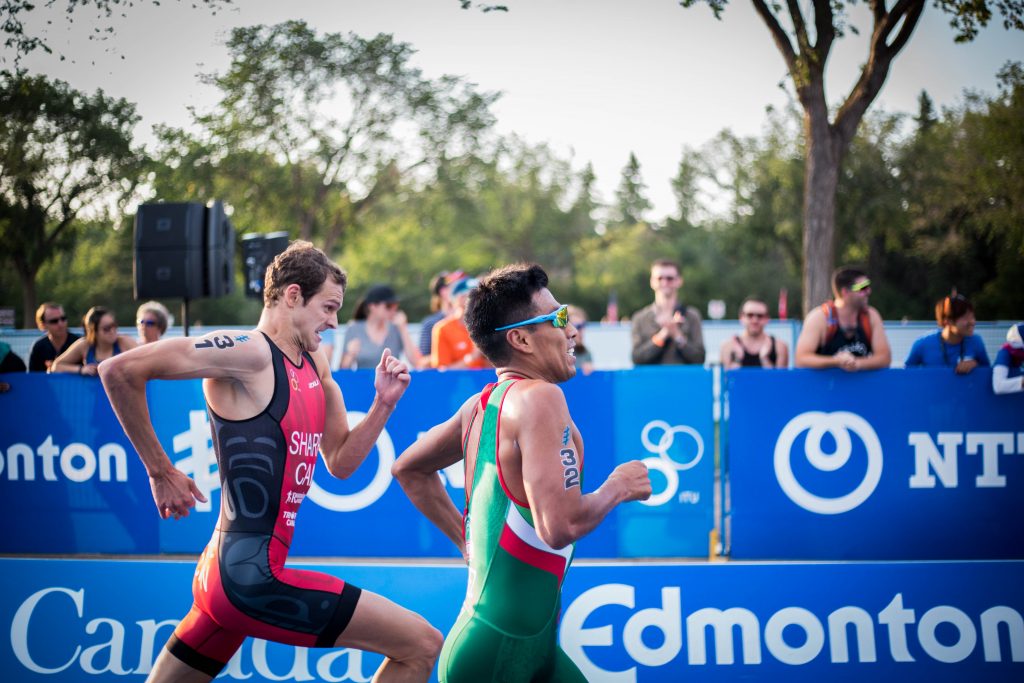That one good vision is essential for sports people is now scientific evidence. Thanks to the input captured by our eyes and processed by the central nervous system, it is, in fact, possible to perform actions that require balance, coordination and concentration. For a competitive athlete, a high level of sports performance is the primary goal to be achieved, and good eyesight is an element that can in no way be neglected for this purpose. For this reason, all individuals practising sport, whether at a competitive or amateur level, should take into account certain parameters, which vary depending on the type of activity performed and the intensity of the physical effort: some sports are performed outdoors, others in water, or others at high altitudes. In general, the parameters that must be considered vary depending on the sport activity practised, but generally include:
-presence of dust, pollutants or potential foreign bodies to the eye;
-places with high humidity or intense lighting;
-solar radiation, fog and rain.
In such cases, wear lenses for eye protection from injury or irritation helps the subject to preserve vision. Some speeds, for example, can cause tearing or irritation; water sports, in particular, can be harmful to the eyes if the right precautions are not taken.
A special case: does the functionality and physiology of the eye change in marathon runners?
Some research has shown that in certain sports and in particular in participants in ultra-marathons (defined as such when the race course exceeds the standard marathon length of 42.2 km) a temporary and loss of sight, which resolves after the cessation of sports performance and is due to the possible appearance of corneal oedema. A study conducted by a team of American researchers and published in the journal Research in Sports Medicine which analysed the intraocular pressure (IOP) and corneal thickness of ultra-marathoners, showed that In subjects without any visual impairment before the race, both parameters do not change.
In contrast, subjects with visual impairment, such as those who had undergone refractive surgery (which in itself involves thinning of the corneal thickness) were more susceptible to temporary loss of vision during performance sports. In fact, among the latter subjects, the IOP before sports performance was around 12.9 mmHg, which is lower than average values in the American population. However, one must always bear in mind that trained sports subjects have lower systemic blood pressure values than the average, as well as lower IOP values. Therefore, although this research was conducted on a small number of subjects, no correlation has been reported between high IOP values and strenuous physical exertion, confirming that practising sport, especially aerobic exercise, contributes to visual well-being.
Source
Eye function and physiology following a 161-km foot race. Tracy B Høeg et al. RESEARCH IN SPORTS MEDICINE, 2018.

